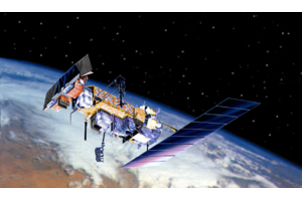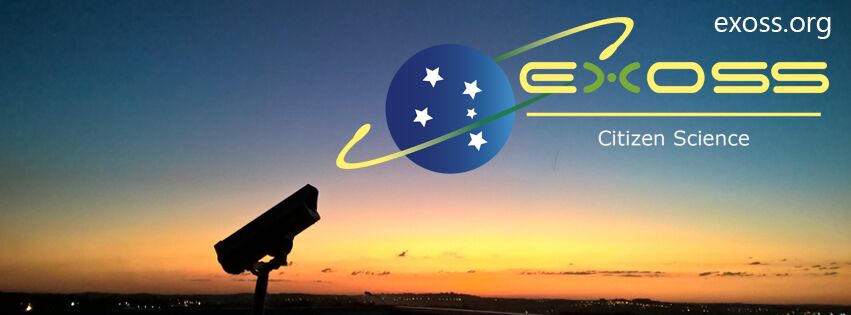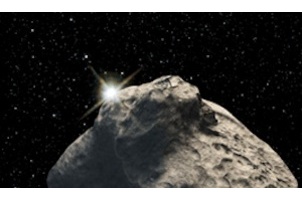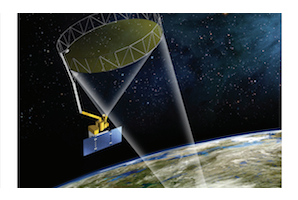Search for dicathais orbita returned 28 results.
Refine results
Refine results
Section
- Species (22)
- Biodiversity Science project (5)
- Common Name (1)
Image available
- Yes (5)
Lifeforms
- Insects and Spiders (3)
- Molluscs (2)
- Fish (1)
Taxonomic status
- Accepted (10)
- Synonym (10)
- Misapplied (2)
-
unranked: Tachina orbata (accepted name: Peribaea orbata)
- Record a sighting
- Synonym
-
unranked: Segetia orbica (accepted name: Amyna axis)
- Record a sighting
- Synonym
-
unranked: Circe orbica (accepted name: Circe tumefacta)
- Record a sighting
- Synonym
-
Biodiversity Science project: NASA Ames Space Settlement Contest
This annual contest, co-sponsored by NASA Ames and the National Space Society, is for 6-12th graders (11-18 years old) from anywhere in the world. Individuals, small teams of two to six, and large teams of seven or more (often whole classrooms with teacher leadership) may enter their design for and description of a human colony in outer space. Submissions must relate to orbital settlements; they may not be on a planet or moon...

-
Biodiversity Science project: Project Calliope
Project Calliope is an upcoming orbiting satellite that will convert Earth's ionosphere to music for people to share. Calliope lets people get a sense of how active space is. Calliope will measure the ionosphere for its 12-week life and transmit that data as sonified MIDI data (akin to sheet music) so anyone with a ham radio or web connection can listen to it-- or remix it into their own music compositions. It is planned to launch into orbit in late 2011.

-
Biodiversity Science project: Exoss Citizen Science
Exoss Citizen Science is a nonprofit organization located in Brazil whose goal is to monitor and study meteors using the scientific method, to understand the nature of these bodies, their origin and characterization of their orbit, exploring the southern sky by identifying new radiants. The monitoring of meteors grew in importance to study the nature of the many fragments that bombard the Earth’s atmosphere on a daily basis...

-
Biodiversity Science project: New Horizons Icehunters
The goal of this project is to discover Kuiper Belt Objects with just the right orbit and just the right characteristics to make them eligible for a visit from the New Horizons mission. At this time, the space probe has enough fuel in reserve to allow up to two different objects to be visited. This is where you come in. To find these icy KBO targets we need your help poring over thousands of ground based images, taken specially for this purpose using giant telescopes...

-
Biodiversity Science project: GLOBE: El Nino
Join professional and community scientists in collecting and sharing important data and learn more about your local environment in the process. There are two ways to participate: 1) sign up and contribute as an individual; 2) join as a host-site ambassador to facilitate participation through your community-based organization. Four Protocols to Collect Data for the El Nino campaign...
